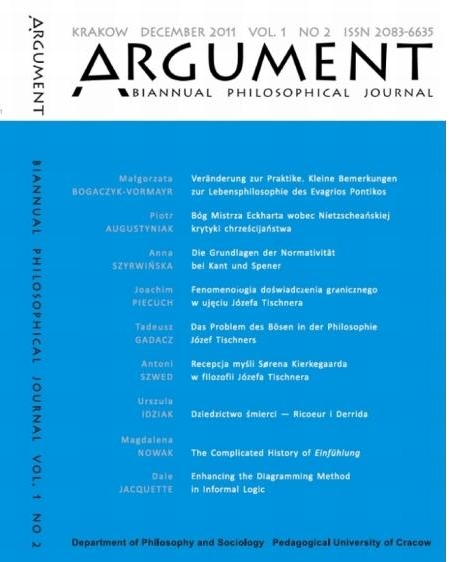Enhancing the Diagramming Method in Informal Logic
Keywords:
diagramming method, circular reasoning, reductio ad absurdum argument, contradict argumentsAbstract
The argument diagramming method developed by Monroe C. Beardsley in his (1950) book Practical Logic, which has since become the gold standard for diagramming arguments in informal logic, makes it possible to map the relation between premises and conclusions of a chain of reasoning in relatively complex ways. The method has since been adapted and developed in a number of directions by many contemporary informal logicians and argumentation theorists. It has proved useful in practical applications and especially pedagogically in teaching basic logic and critical reasoning skills at all levels of scientific education. I propose in this essay to build on Beardsley diagramming techniques to refine and supplement their structural tools for visualizing logical relationships in a number of categories not originally accommodated by Beardsley diagramming, including circular reasoning, reductio ad absurdum arguments, and efforts to dispute and contradict arguments, with applications and analysis.


